TOURIST INFORMATION
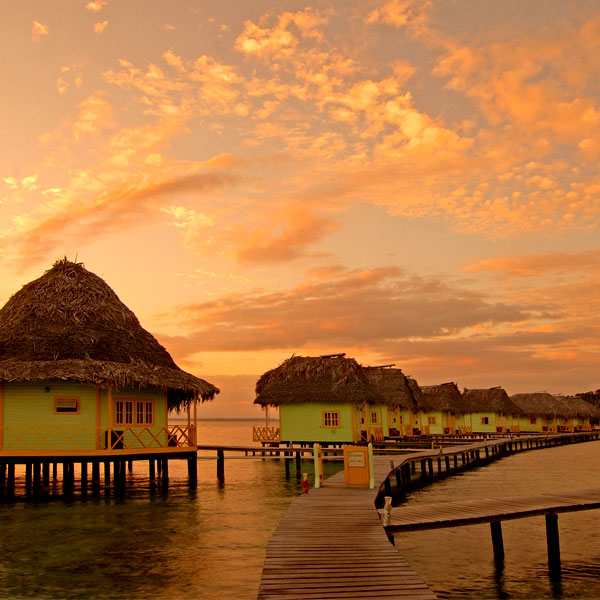
GEOGRAPHY
Three million years ago, the Isthmus of Panama emerged from the sea and divided an ocean. It has connected two continents and on this terrestrial bridge, lives a large number of species of birds and trees.
The Republic of Panama is thus a large isthmus with a territorial area of 75,517 km². Panama has the borders, in the North, with the Caribbean Sea and in the South with the Pacific Ocean. The country shares borders with the Republic of Colombia in the East and West with the Republic of Costa Rica.
The majority of Panamanian territory consists of plains (at 70%) where the majority of the population lives.
The Republic of Panama is divided into 10 provinces, 75 districts, 621 municipalities and 5 indigenous reserves (Guna Yala, Ngäbé-Bugle, Emberá-Wounaán, Madungandí and Wargandí).
CLIMATE
CLIMATE The climate of Panama is tropical. The average annual temperature on both coasts is 29 ° C (or 81 ° F). The humidity is quite high, with an average of 80% and average rainfall of 178 cm (70 in) recorded in Panama City. The period with the least rainfall is from January to April.
Thus, most of Panama's territory is occupied by rainforest.
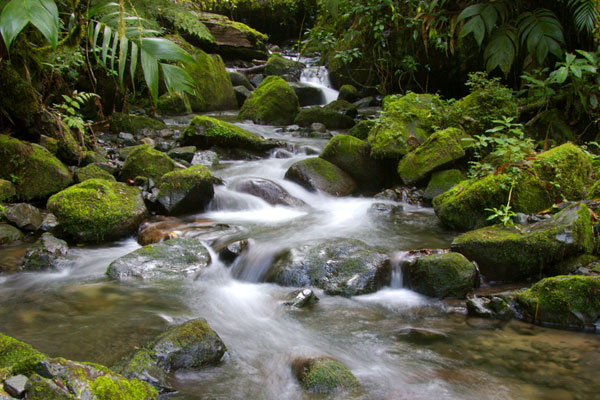
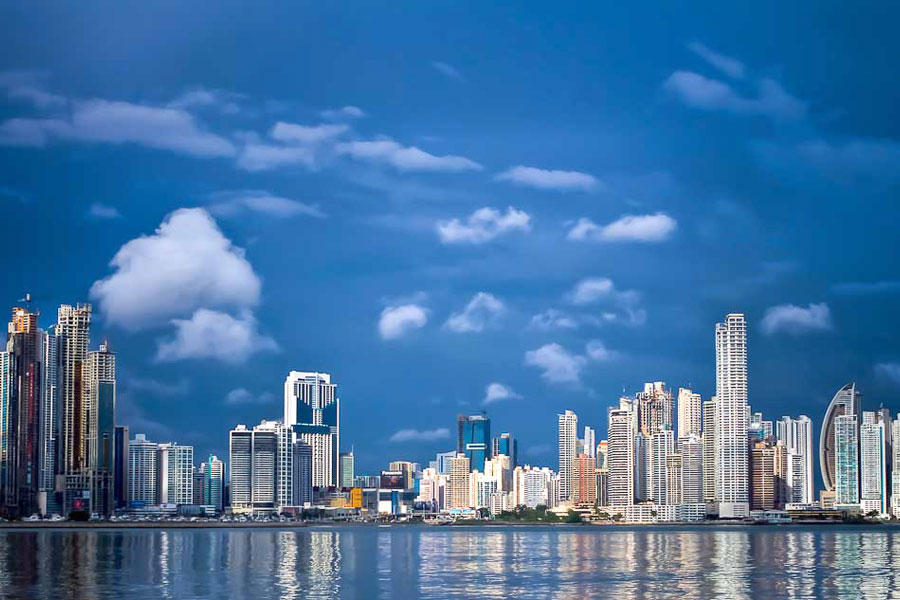
THE CAPITAL: PANAMA CITY
Tourists from all over the world come to visit Panama and experience a modern and beautiful city with all the amenities that can be expected from a world-class business and tourism center.
The capital of the Republic of Panama offers international cuisine, nightlife, casinos and shops. Panama has attracted some of the world's most famous brands including Gucci, Prada, Cartier, Hermes, Nike, Ralph Lauren, Micheal Kors, Carolina Hererra, Chanel, and many others.
POPULATION
The population of Panama has been estimated at 3 405 813 inhabitants (estimate based on the census in 2010).
Although in Panama there is great ethnic diversity, most of the population is descended from Indians, Africans and Spaniards.
The density of the population is more visible along the coast of the Gulf of Panama, in particular on the Azuero peninsula and in the metropolis of Panama City and Colón. The urban population represents about 59% of the total population of the country.
LANGUAGES
Spanish, the official language of Panama, is spoken by more than 90% of the population. However, English is the second most used language, spoken by most professionals and business people.
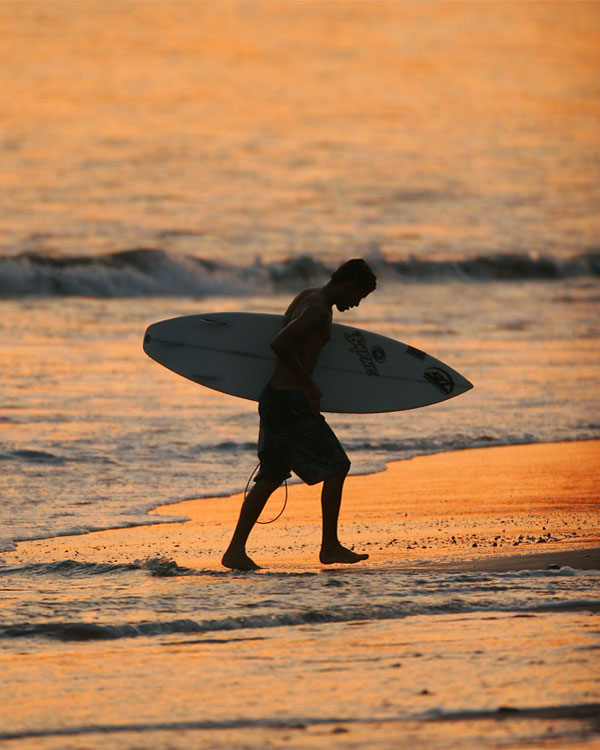
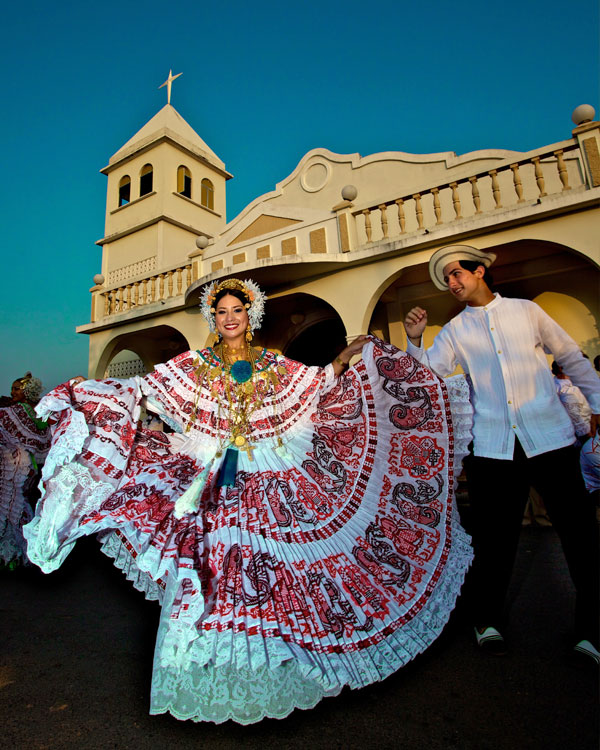
CULTURE
Panama has a great cultural diversity which makes the country unique in the region. One of the greatest contributors to the richness of Panamanian culture is the constant presence of visitors from all parts of the world.
This mixture is particularly rich because of the different cultural origins and the very diverse traditions. This cultural mix has been stimulated by the atmosphere of tolerance and harmony that has always prevailed on the territory. One of the most emblematic celebrations of cultural and Catholic beliefs is Carnival. Carnivals alone are a four-day celebration of the entire country.
In many Latin American countries, Pollera is currently used as a folk costume. While in some countries the name refers to the skirt part, in Panama, the entire dress is called a Pollera.
La Pollera is the name used in Latin America and Spain for this type of skirt and dress known for its elaborate decorations. The skirts are made of different materials, such as cotton or wool, and are often decorated in a colorful way using various techniques, including embroidery and lacing with floral motifs.
It is believed that the Pollera skirt originates in a Spanish dress of the sixteenth or seventeenth century. Worn by middle and lower class women, it was a simpler and easier version in which women could do their daily chores or attend local celebrations.
In addition to the Panama Canal, tourist attractions include the Panama City with its panorama, the springs of beaches at Rio Hato, Blanca Beach, Bonita Beach, Buenaventura, the Pearls Archipelago and its islands of San Blas, Casco Viejo (historic center), the rubble of Portobelo and Panama Viejo, the Causeway in Amador, the Anton Valley, Boquete and Volcano for those who love the mountains. Panama has several protected national parks that allow the observation of different species of birds.
Water sports, tennis, golf and horse riding are very popular. Nature hikes and historical tours also attract many visitors to Panama.
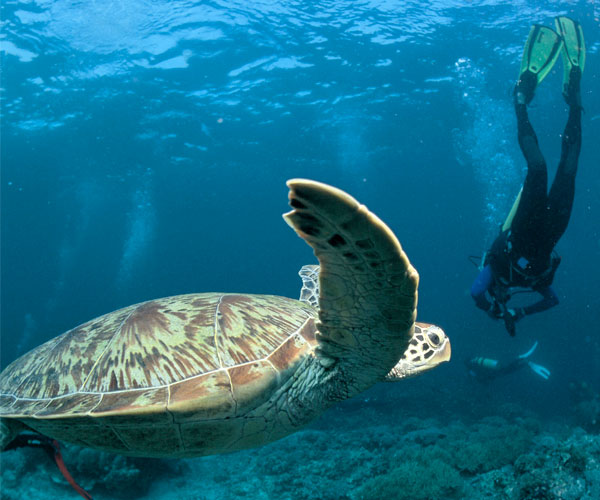
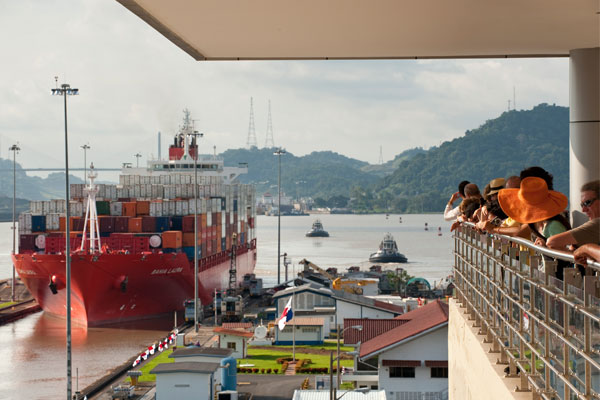
THE PANAMA CANAL
Tourists and visitors can discover the exclusivities of the Panama Canal and its expansion on both the Atlantic and Pacific sides. It's a unique experience in the world.
To know more
Consult the website of the Panama Canal Authority
TRANSPORTATION
The means of transport in Panama are good. The distance between Panama City and Colón is only one hour by road or train.
To know more
Consult the Metro schedules and routes in Panama City
View Bus schedules and lines
Find taxi fares on the Land Transport Authority website
Consult information about "Panama Canal Railway Company"
View information about Tocumen International Airport
 Consulate General of Panama
Consulate General of Panama 
